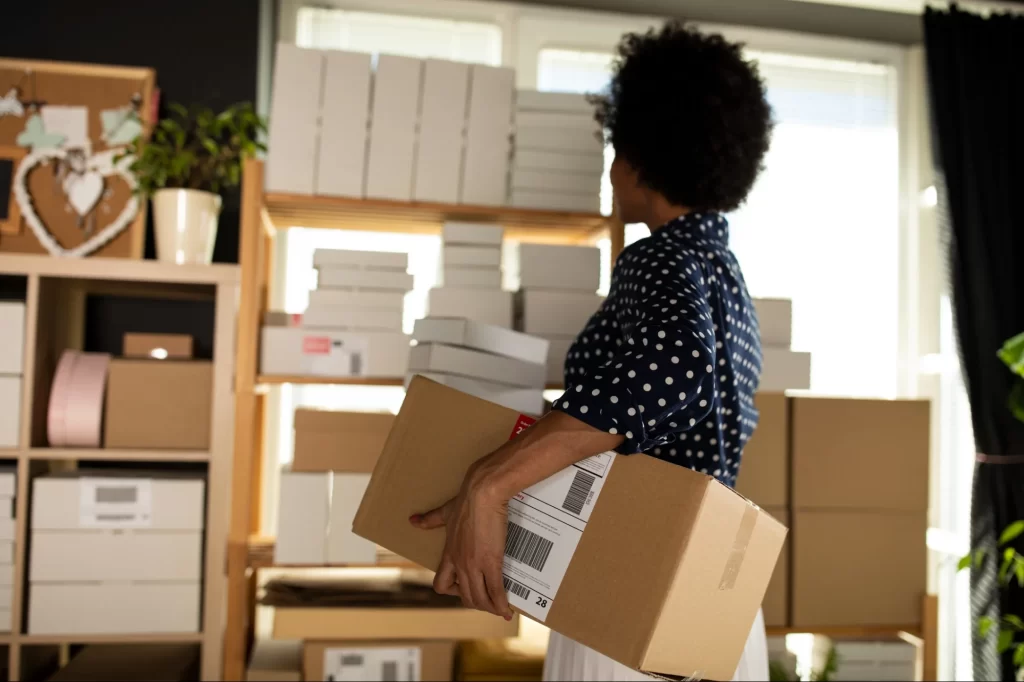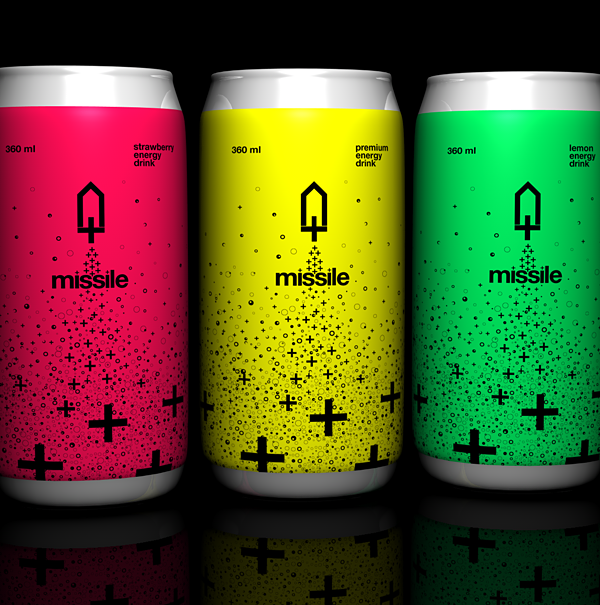
Part of logistics handling is about maintenance, as problems can often deter a streamlined and well-oiled supply chain. To fix problems they must be addressed holistically. However, while the big picture view is important, it can also be worthwhile to lazer-in on essential utilities and how they function, then use them to better our process.
When we ponder logistics, it’s easy to look at the big picture. We may focus on the trucks we invest in, the drivers we hire and train, the routes we plan and the fuel depots we pay for access to. But it’s also true that sometimes, the smallest measures have a greater impact.
In fact, packaging, and how we store goods, can be one of the most impactful elements of your logistical chain, and also one of the most pressing difficulties if not appropriately considered. With a service such as Ozpack, uniform packaging, and storage can be implemented. But how should you make the best of that investment?
In this post, we’ll discuss a few steps for you to get started. Without further ado, please consider:
Optimizing Packaging Dimensions

Packaging size matters more than you might think. When boxes are too big or oddly shaped, they take up more space than necessary and don’t stack well or that safely either. This can lead to wasted room in trucks and warehouses too, and your warehouse staff will find it a nightmare to slot everything together. Properly sized packaging helps fit more items into each shipment, which can save on fuel costs and reduce the number of trips needed as a nice added bonus.
Sometimes, standardized packaging sizes can be used across different products. This makes stacking and organizing easier even if internally a little room is wasted. It also helps when loading trucks or containers. It’s better to have too many sizes of boxes that fit together than too few.
Sustainable Materials
It’s clear that more attention is being paid to eco-friendly packaging, and for obvious reasons. That’s because using sustainable materials isn’t just good for the environment – it can be good for business too, and a great marketing point you can hammer home time and time again. Customers often appreciate companies that make an effort to be green. But don’t worry you don’t have to wrap everything in cardboard, some sustainable materials are surprisingly durable and cost-effective.
For example, biodegradable plastics, and even packaging made from agricultural waste are becoming more common. Such materials can often be recycled again after use, creating a cycle that reduces waste even if it’s not 100% sustainable. Some companies have found that switching to sustainable packaging has improved their image and even attracted new customers too, just make sure your marketing department is ready to strut their stuff the moment you make the switch.
Protection Vs. Weight Balance

Good packaging needs to protect the product, that much is clear, but it shouldn’t be overly heavy and cause weird weight shifts in the truck or van while driving. Finding the right balance can be tricky. Too little protection, and items might get damaged during shipping. Too much, and the extra weight increases fuel costs and makes handling more difficult at the same time.
That’s where using smart additions and accessories can be a boon. For instance, air pillows can protect fragile items without adding much weight, and you can reuse them if they don’t get punctured. Some companies use custom-molded inserts that fit their products perfectly and it’s well worth the investment too, as providing protection exactly where it’s needed saves you so much time and planning energy
Automation Compatibility
We tend to see more and more automation in our logistical networks as of late, and with AI it’s no wonder companies are going all-in on this. As more warehouses and logistical centres use automated systems, packaging needs to be able to handle the use of robots, conveyer belts, sorting machines and more.
Packaging that works well with automation can speed up processes and reduce errors. It might mean redesigning some packaging, but the efficiency gains can be night and day and totally worth the effort.
Temperature Control
Often temperature and hygiene is essential, we’re willing to bet that almost every item in your refrigerator was once shipped using a container that was temperature-controlled and tightly managed. This isn’t just for food either, as many chemicals, pharmaceuticals, and electronics can be defined by temperature changes during travel. You guessed it – good packaging can help maintain the right temperature.
But what options are available? Well, insulated boxes, phase-change materials, and even built-in temperature monitors could be a good place to start, because at the very least they’ll help you maintain or oversee an environment. You may even think of the wider truck as a package all by itself, refrigerated with appropriate ventilation to keep air flow working. These can help ensure products arrive in good condition, preventing spoilage and the chance of unworkable goods.
Tracking & Information
Of course, in 2024 a package that isn’t tracked alongside its shipment is one you have limited control over. Integrating systems into your packaging such as QR codes or RFID tags to will ensure tracking shipments is much easier, even if your driver somehow decides a new warehouse you didn’t agree on is the place to unload. Yes, this happens. Such precautions helps companies keep better track of inventory and let customers know where their orders are.
Moreover, some expensive packaging now includes sensors that can detect if a package has been opened or if the temperature has gone outside safe limits, which feeds back to the advice we gave earlier. This is especially useful for high-value or sensitive items.
With this advice, we hope your firm can absolutely perfect one of the most important constituent elements of its logistical process, and then use that to reach out and perfect the other little systemic changes that keep your company working like a well-oiled machine. The more you can do that, the less you have to worry about products arriving in poor condition.




